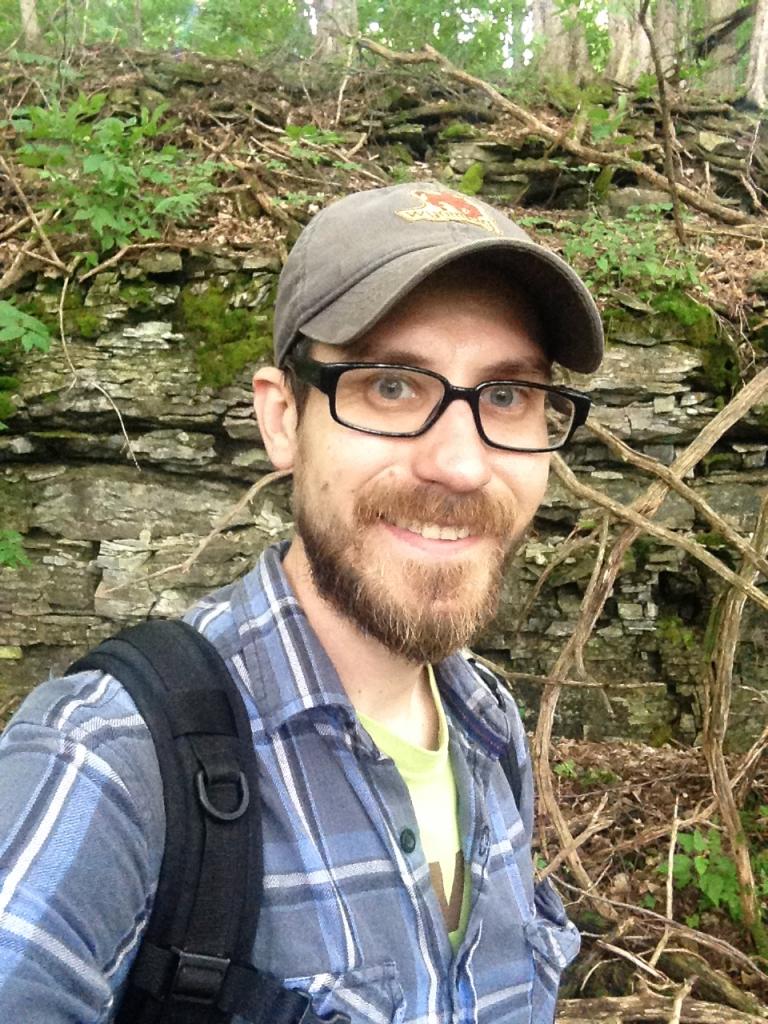Home › Forum topic › Rare Plant Reintroduction › Fern reintroduction via spore or gametophyte?
-
AuthorPosts
-
May 5, 2020 at 2:16 pm #450
 Jennifer PossleyCPC Conservation Officer
Jennifer PossleyCPC Conservation Officer
Hi all! Are any of you aware of rare fern translocations that have been attempted, either by (a) sowing spores directly into the recipient site, or (b) sowing spores onto materials suchs a rocks or moss which can then be installed at the recipient site? This is something we will probably attempt in the next year or two in Miami or Puerto Rico, and I would love to hear anything about lessons learned from other similar attempts, whether successful or not.
Thanks!
Jennifer Possley, Conservation Program Manager at Fairchild Tropical Botanic Garden
July 20, 2020 at 9:22 am #306 Mike ServissSubscriber
Mike ServissSubscriber
Jennifer- I have attempted both spore and gametophyte reintroductions for Asplenium scolopendrium var. americanum in central New York with limited success. We found that sowing spores directly on the soil did not produce any gametophytes during a pilot experiment, even with significant aftercare and monitoring for about a year. It is possible that the spores could remain viable and become active later, but it did not seem to be a practical system for our project. We transplanted thousands of protonemata across 27 plots at 3 sites and never observed gametophytic growth. We also transplanted thousands of nearly mature gametophytes across 27 plots at 3 sites, over 95% of which died within 3 months without producing any sporophytes.Only about 2% of gametophytes survived longer than 8 months, and fewer than 1% produced sporophytes. The only transplants that showed appreciable survival were those that were 3-5 years old and hardened off outside prior to reintroduction. I’ve included a link to my thesis here: https://digitalcommons.esf.edu/etds/9/. Hope this helps!
Obviously with a different species and ecological setting you could get different results, but I believe it might require significant aftercare in the field and/or highly favorable weather conditions in the weeks and months following transplanting. Could be a very interesting experiment as success sowing spores/transplanting gametophytes could save considerable time and money pre-reintroduction. I hope you are able to make it work. Good luck!
July 22, 2020 at 5:03 pm #307 Jennifer PossleyCPC Conservation Officer
Jennifer PossleyCPC Conservation Officer
Mike,
THANK YOU SO MUCH!!! This was exactly the kind of information I was hoping for. We may be attempting some fern introductions in remote areas. I was considering exploring spore and gametophyte options but I had concerns for a couple of reasons (not the least of which was the potential to accidentally introduce non-native spores or gametophytes). Your information has helped to confirm that a focus on mature sporophytes as originally planned is the best way forward. It sounds like you did an incredible amount of work for your thesis (in fact it seems more like a PhD dissertation).
Our conservation program at Fairchild Tropical Botanic Garden has conducted several fern introductions ( 6 or 7 species) since 2012 or so, but we haven’t published any of that work. Success rates a couple years out range from 0-90% survival but several have already recruited new “sporelings.” Raccoons are the bane of our efforts.
Thanks again
Jennifer
-
AuthorPosts
- This topic has 2 replies, 2 voices, and was last updated 4 years, 12 months ago by
 Jennifer Possley.
Jennifer Possley.
- You must be logged in to reply to this topic.